Polish artist Wojciech Fangor’s mesmerising paintings inaugurate a new London gallery

Wojciech Fangor, now in his 90s, is Poland’s best known living artist but little known outside his homeland. A freshly opened show - and the inaugural airing for new exhibition space 3 Grafton Street in London’s Mayfair - aims to bring him some belated recognition.
Fangor made Op Art avant la lettre and in isolation. In the late 1950s, he moved on from poster art to create vivid abstract paintings, using multiple layers of thin oil paint, and conjuring shapes that buzzed and blurred into each other.
He was featured in the ‘Fifteen Polish Painters’ exhibition at MoMA in New York in 1961 and at the same venue four years later alongside Bridget Riley and Frank Stella at the seminal Op Art group show, ‘The Responsive Eye’. In 1970, he was given a solo show at the Guggenheim. Now free to travel, Fangor worked in Paris, London and New York before returning to Poland in the 1980s.
The new show, ‘Colour-Light-Space’, has been curated by Simon and Michaela de Pury and brings together 30 Fangor works of the 1960s and 1970s from private collections; including that of Kasia Kulczyk, the instigator of the exhibition.
3 Grafton Street is a grade I listed townhouse, built in 1767 and designed by Sir Robert Taylor, complete with marble and onyx staircase, a new-classical atrium topped with an elliptical glass dome and with classical plasterwork. It is also the London offices of the Kulczyk Foundation and owned by Kasia’s father in law and Poland’s richest man Jan Kulczyk. Kasia is now using part of the house as an exhibition space with plans to present work by young Polish artists as well as more obvious crowd pleasers.
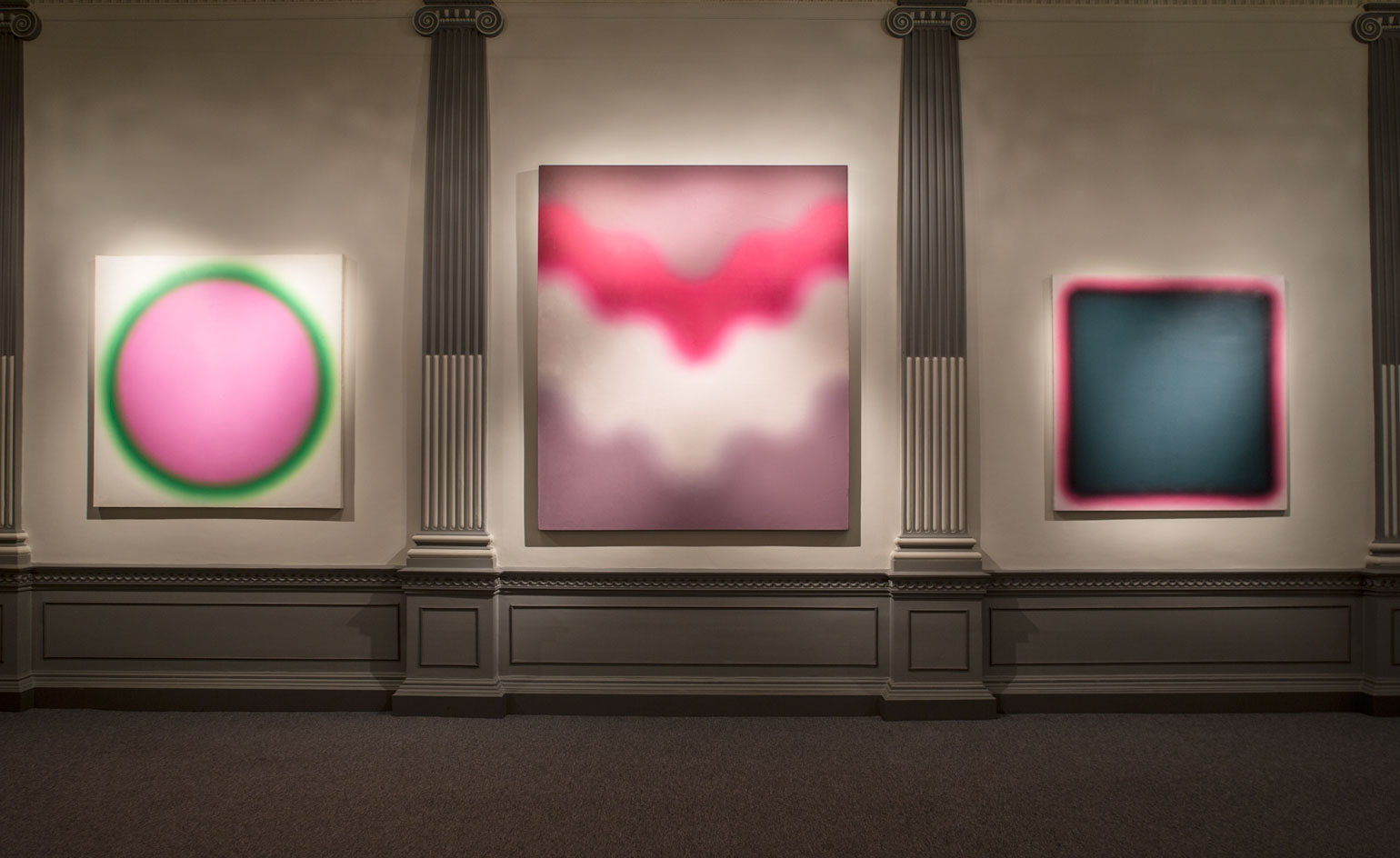
The new show, entitled ‘Colour-Light-Space’, has been curated by Simon and Michaela de Pury and brings together 30 Fangor works of the 1960s and 1970s from private collections
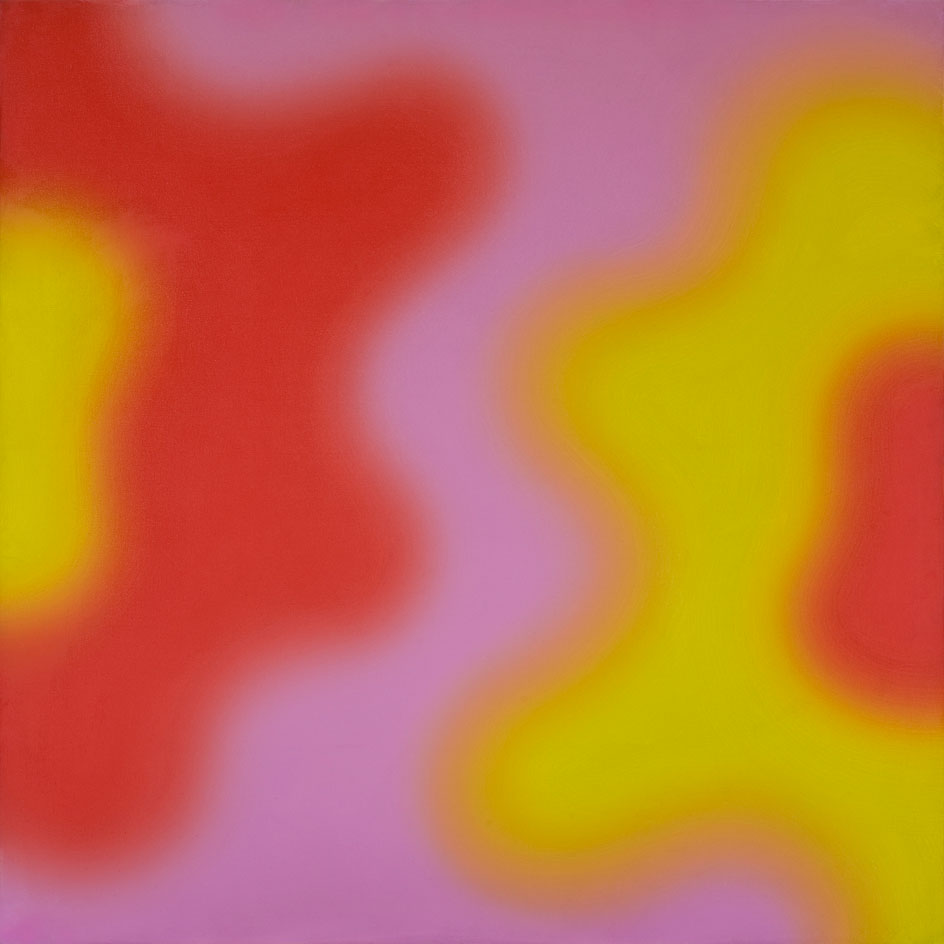
Emerging on the scene in Poland in the aftermath of World War II, Fangor made Op Art avant la lettre and in isolation. Pictured is 'M13', by Wojciech Fangor, 1970
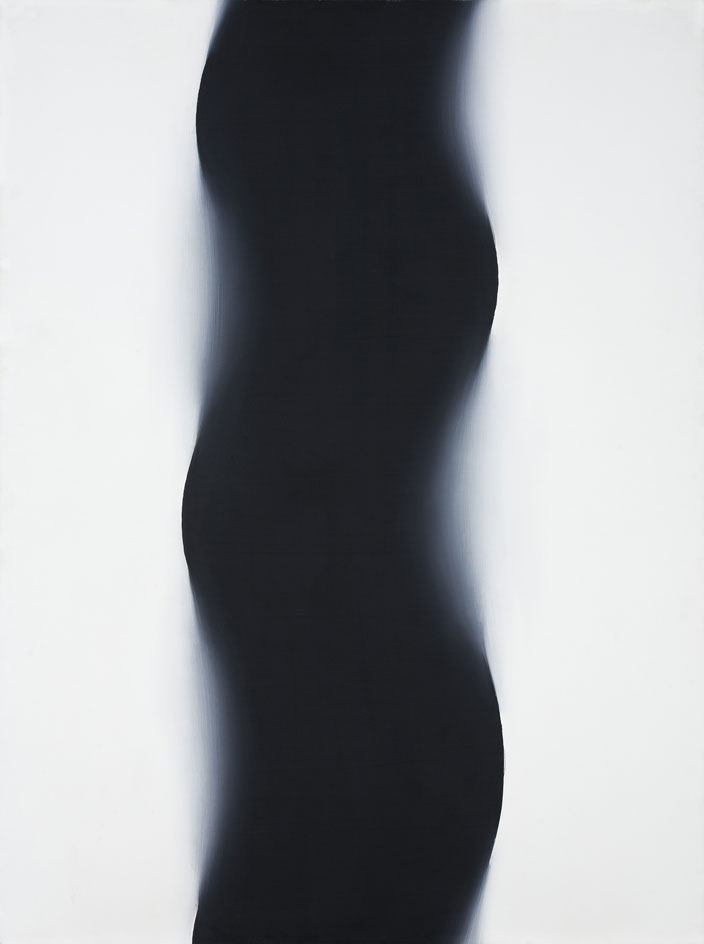
'#35', by Wojciech Fangor, 1963. The exhibition focuses on his abstract Op Art paintings that he produced in the 1960s and 1970s
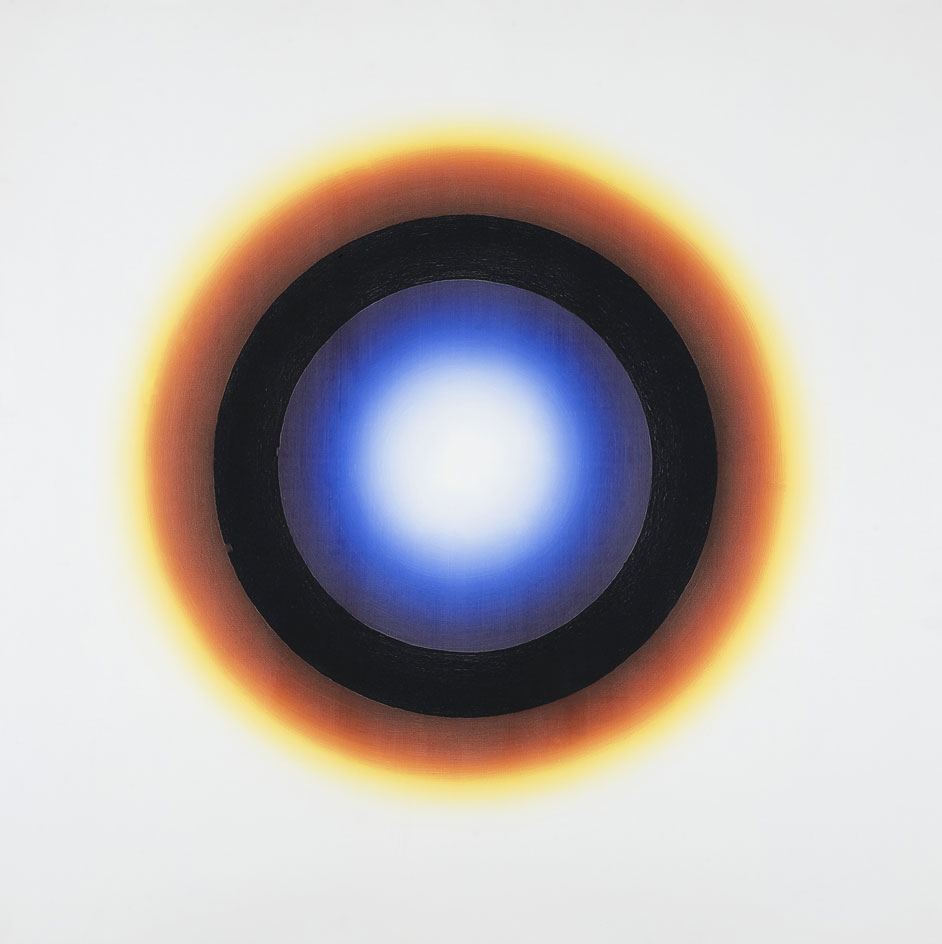
'B15', by Wojciech Fangor. Using multiple layers of thin oil paint, Fangor conjures shapes that buzz and blur into each other
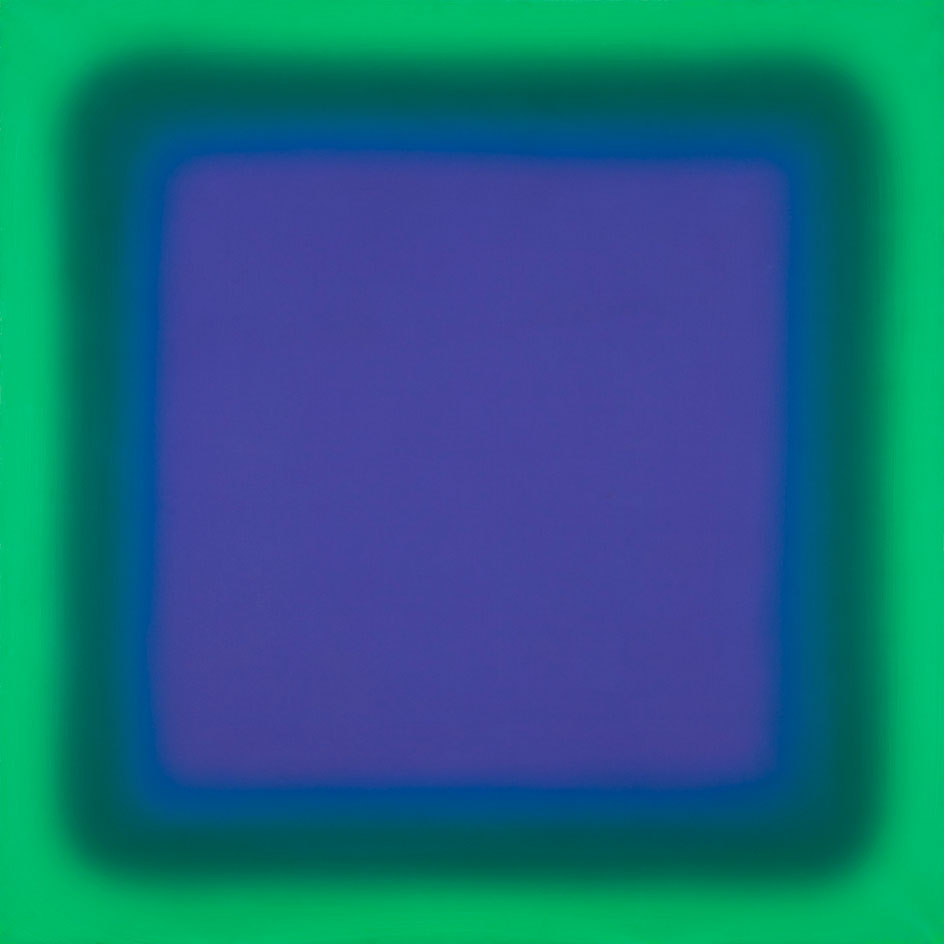
'M37', by Wojciech Fangor, 1967. After being introduced to America in the 1961 exhibition ‘Fifteen Polish Painters’ at MoMA in New York, Fangor became a leading representative of the Op Art movement in the United States
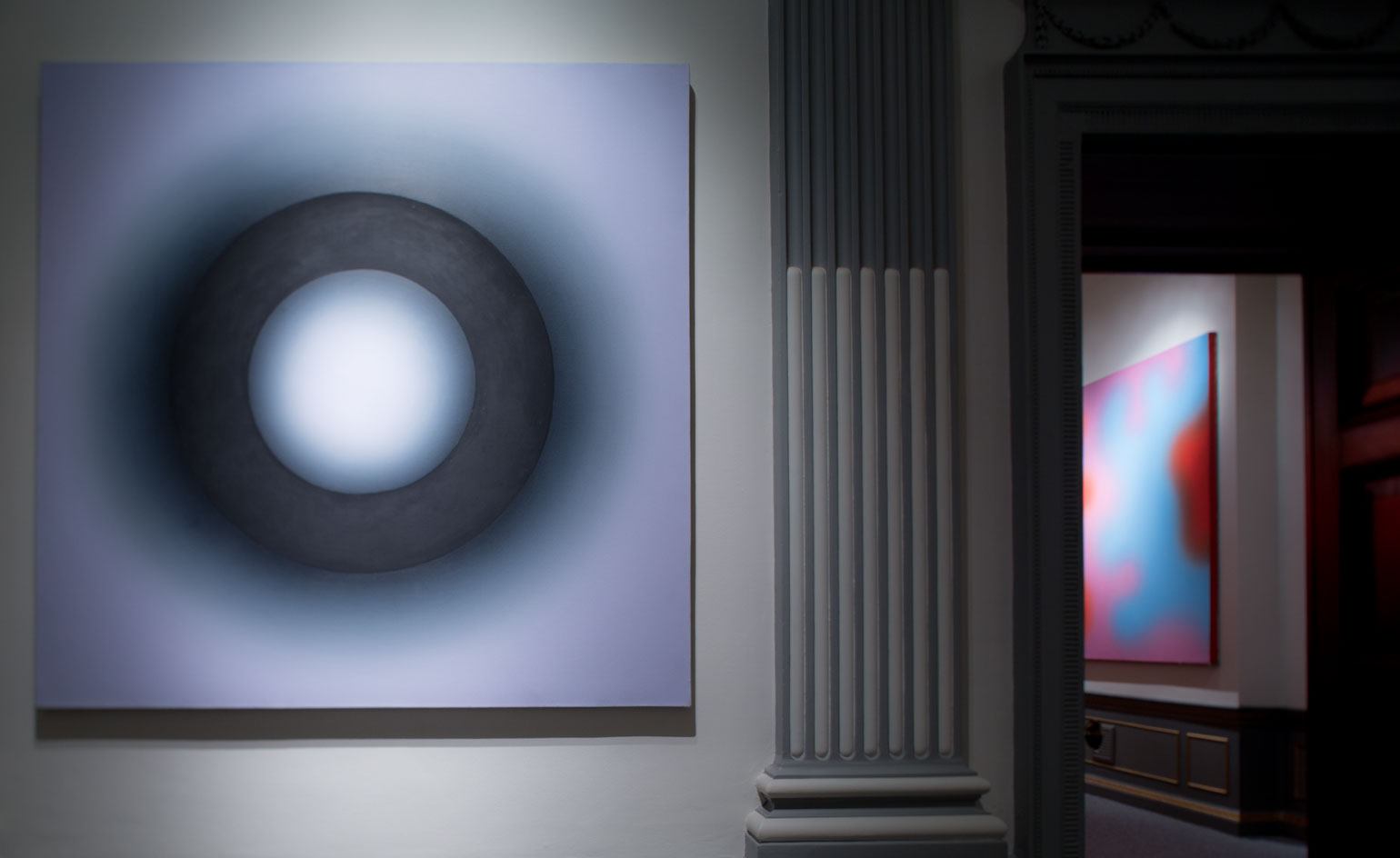
The exhibition aims to bring Fangor some belated recognition, who despite being Poland’s best known living artist, is little known outside his homeland
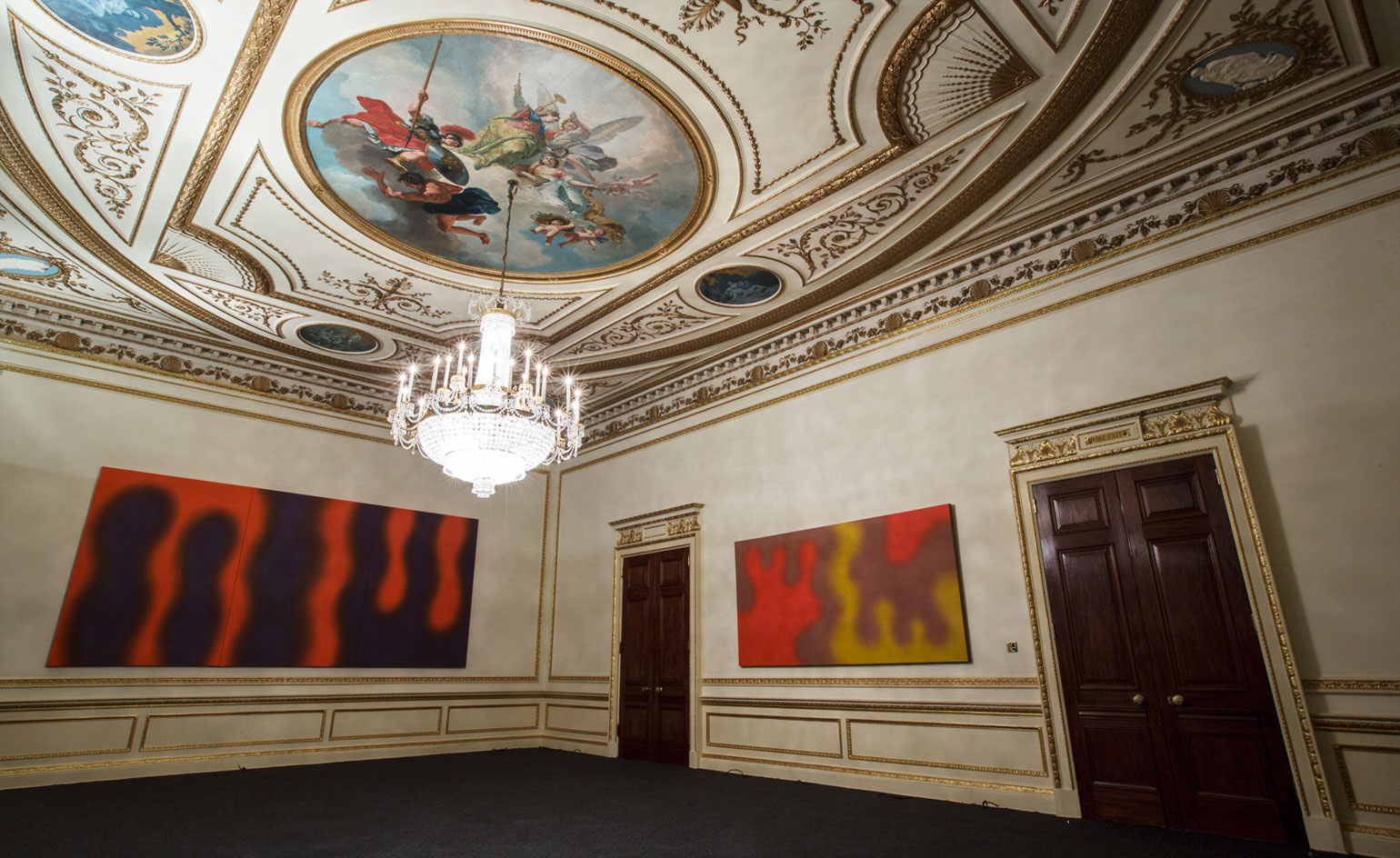
3 Grafton Street is a grade I listed townhouse, built in 1767 and designed by Sir Robert Taylor, complete with marble and onyx staircase, a new-classical atrium topped with an elliptical glass dome and with classical plasterwork
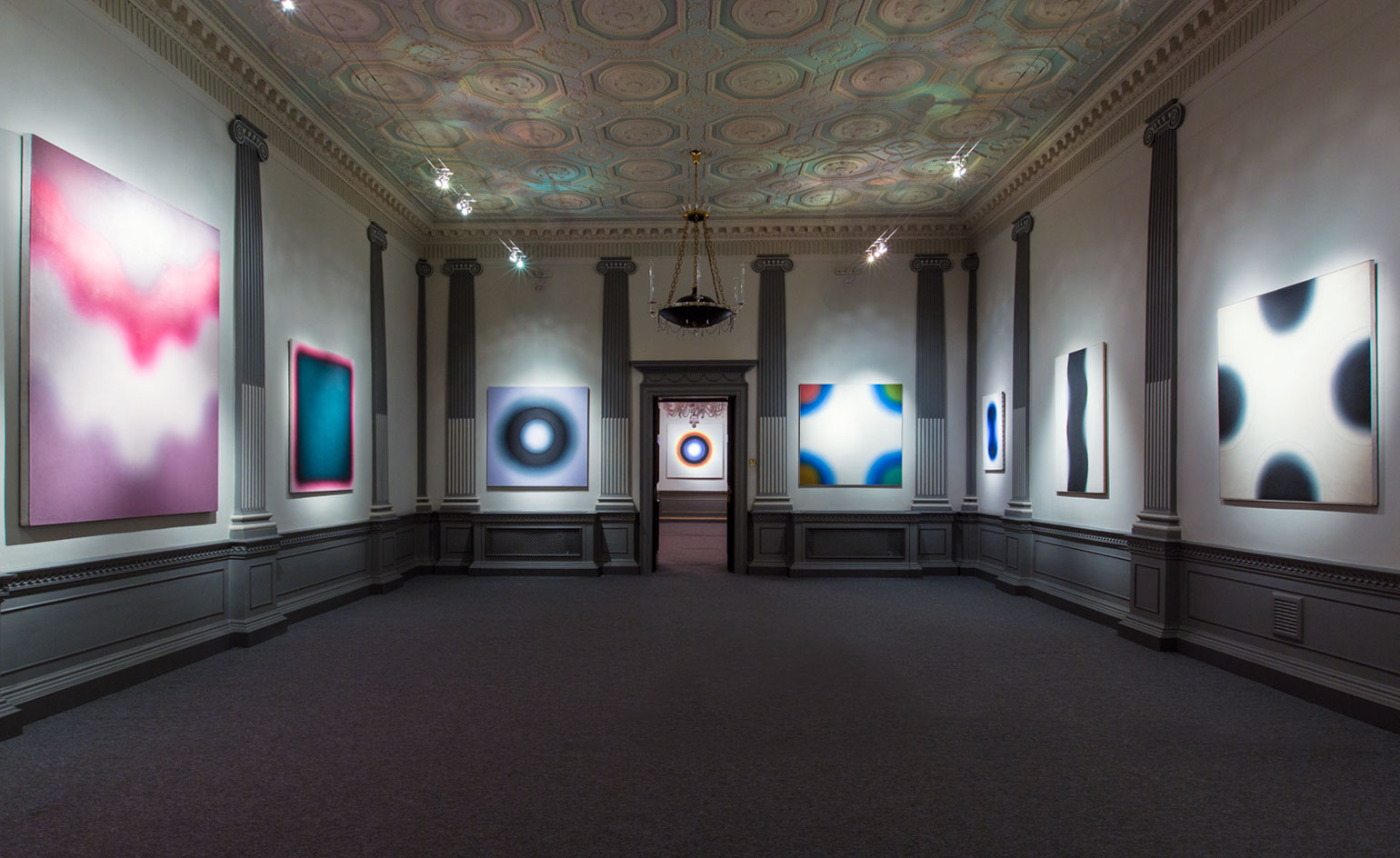
Owned by Kasia Kulczyk’s father in law and Poland’s richest man Jan Kulczyk, 3 Grafton Street is also home to the London offices of the Kulczyk Foundation
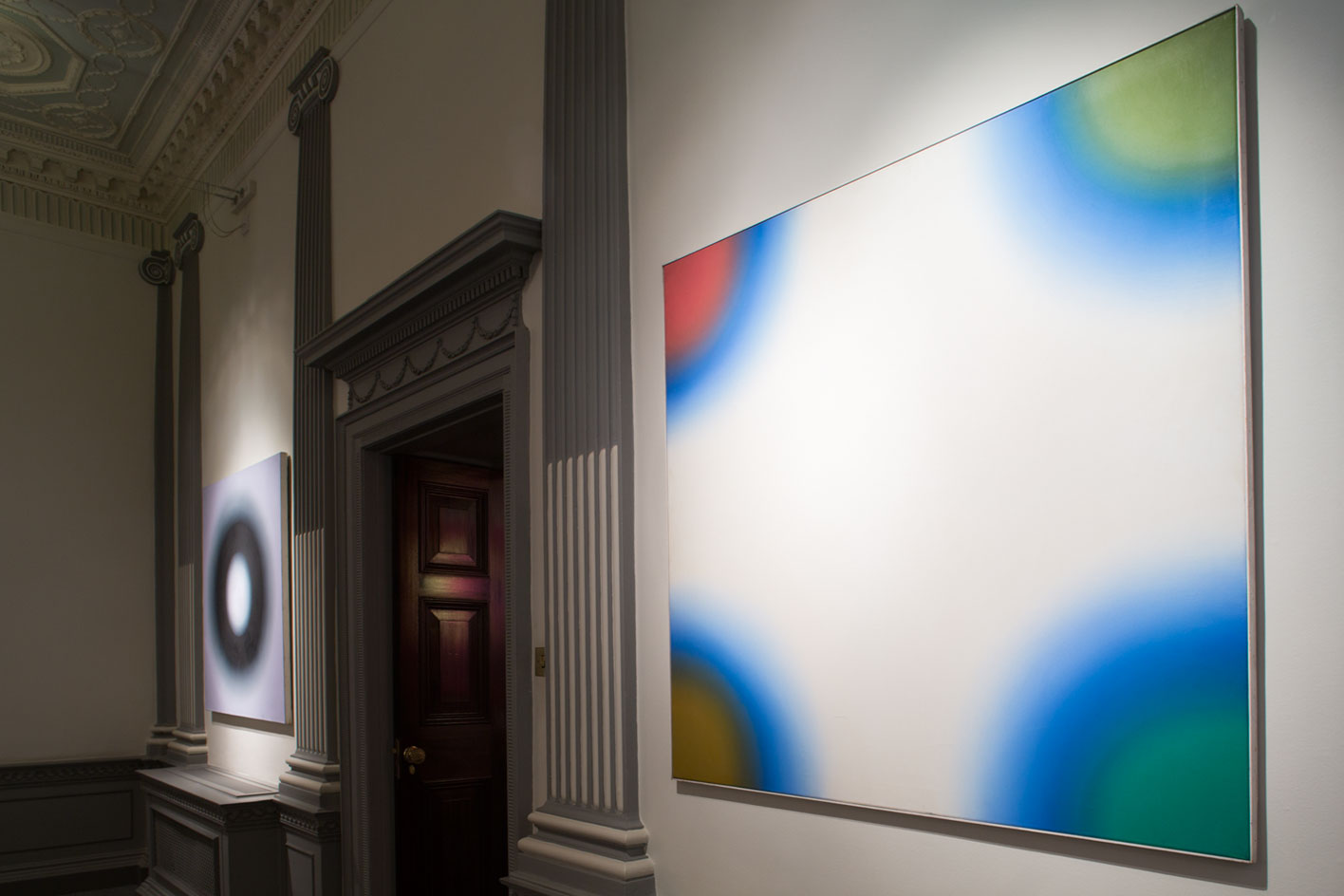
The gallery plans to present work by young Polish artists as well as a Mario Testino exhibition next year
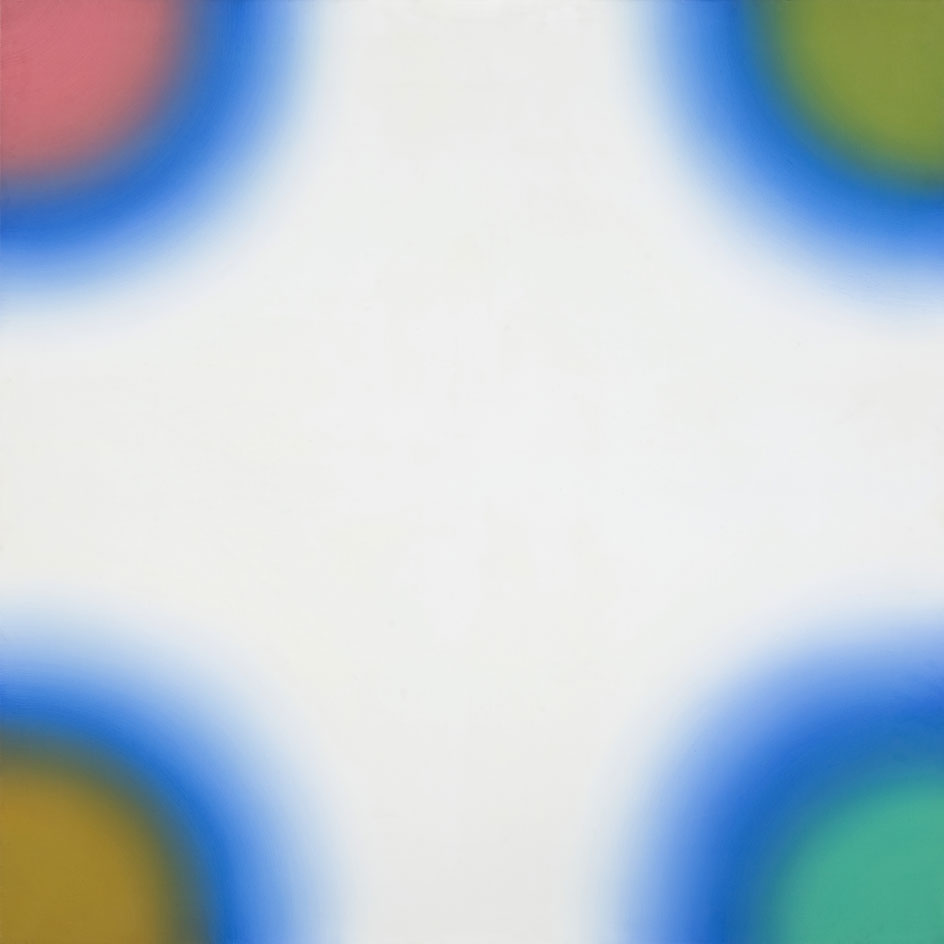
'E2', by Wojciech Fangor, 1965
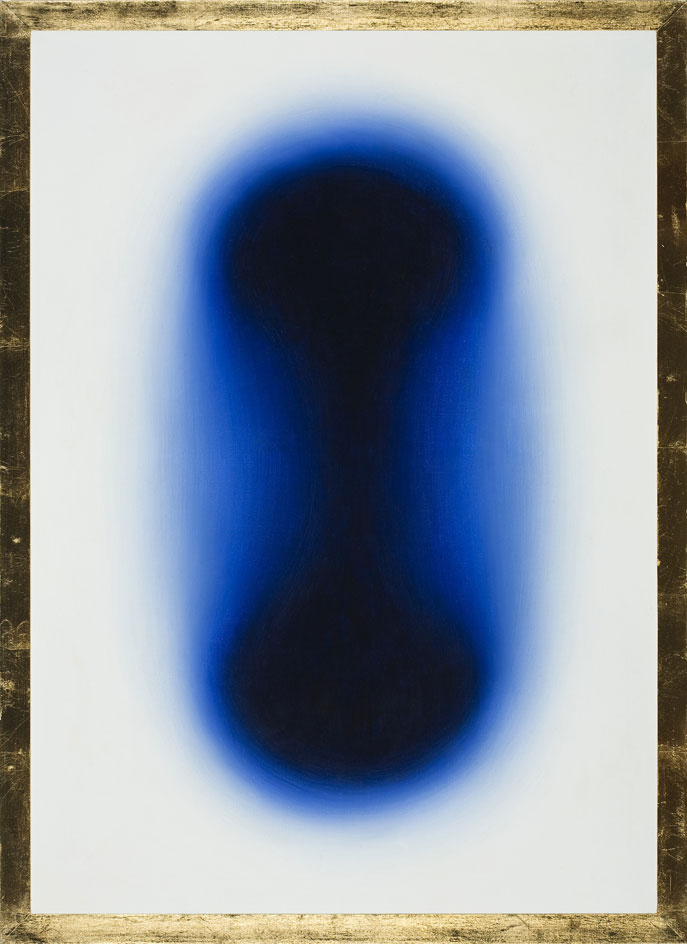
'Blue D.1.', by Wojciech Fangor
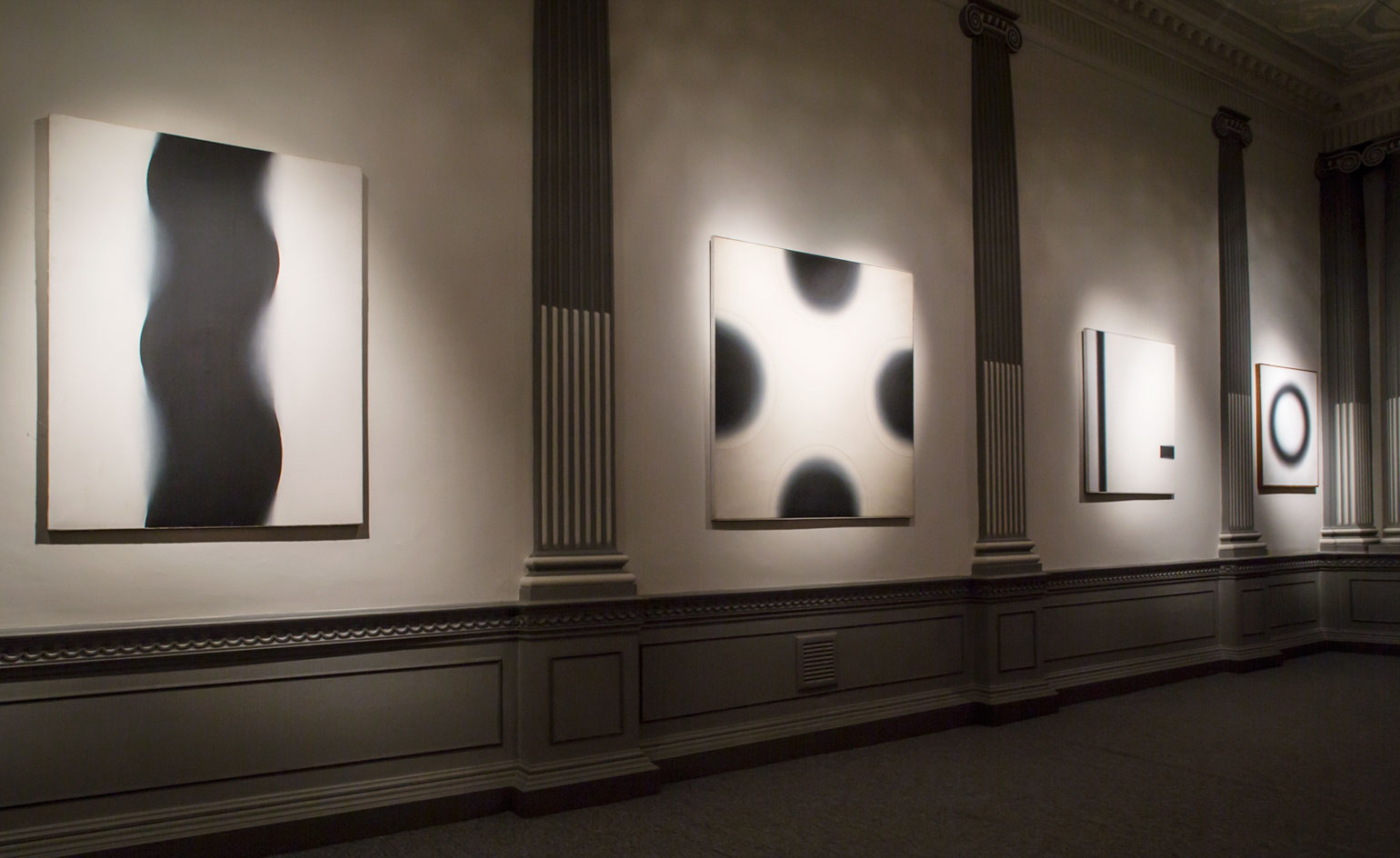
'Colour-Light-Space runs' until 9 January 2015 at 3 Grafton Street gallery
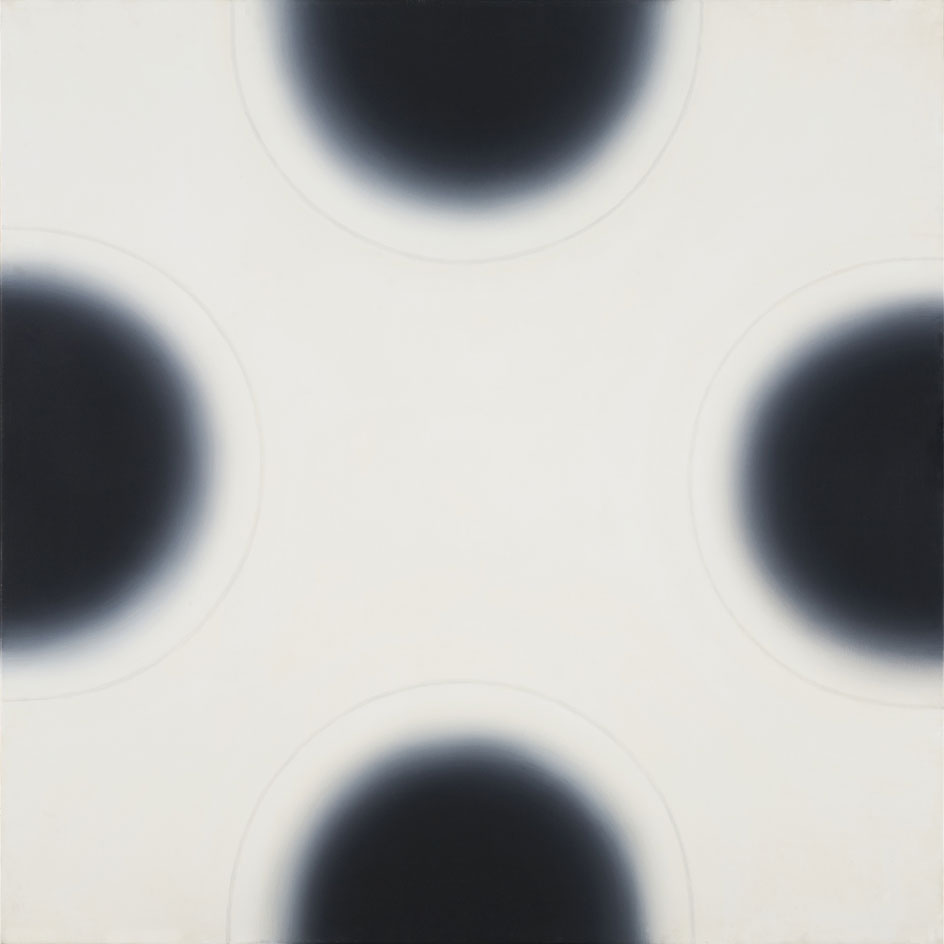
'E3', by Wojciech Fangor, 1965
ADDRESS
3 Grafton Street
London W1S 4EE
Wallpaper* Newsletter
Receive our daily digest of inspiration, escapism and design stories from around the world direct to your inbox.
-
 All-In is the Paris-based label making full-force fashion for main character dressing
All-In is the Paris-based label making full-force fashion for main character dressingPart of our monthly Uprising series, Wallpaper* meets Benjamin Barron and Bror August Vestbø of All-In, the LVMH Prize-nominated label which bases its collections on a riotous cast of characters – real and imagined
By Orla Brennan
-
 Maserati joins forces with Giorgetti for a turbo-charged relationship
Maserati joins forces with Giorgetti for a turbo-charged relationshipAnnouncing their marriage during Milan Design Week, the brands unveiled a collection, a car and a long term commitment
By Hugo Macdonald
-
 Through an innovative new training program, Poltrona Frau aims to safeguard Italian craft
Through an innovative new training program, Poltrona Frau aims to safeguard Italian craftThe heritage furniture manufacturer is training a new generation of leather artisans
By Cristina Kiran Piotti